Psittacula parakeets are amazing birds! There are so many different kinds. They live in the tropics of the Old World. This includes Africa, Asia, and islands in the Indian and Pacific Oceans.
These parakeets come in all the colors of the rainbow! Their feathers are bright and beautiful. They also make a lot of noise with their loud voices.
This article will look at over 13 types of Psittacula parakeets. You’ll learn how to tell them apart by their colors and markings. We’ll explore where each one lives and what they like to eat. Some are common while others are endangered. Every species is unique.
Get ready to meet these awesome parakeets! Some you may see as pets. Others only exist on remote islands. As we learn about them, think about how we can protect rare birds like these. The world needs all its colorful creatures.
Let’s dive in and explore the many kinds of Psittacula parakeets! The more you learn, the more you’ll want to know.
Red-Breasted Parakeet
Common Name(s): Red-breasted Parakeet; Moustached ParakeetNative Range: Southeast Asia; ranges across Thailand, Cambodia, Laos, Vietnam and parts of China.Size: Around 33-40 cm (13-16 inches) long with a wingspan up to 38 cm (15 inches).Coloration: Mainly green with a red beak and distinctive red breast patch in males. Females have little to no red breast.Habitat: Inhabits forested areas and woodlands. Often found near water.Diet: Feeds on flower blossoms, fruits, berries, seeds and some insects.Behavior: Fast, direct flight. Makes loud, far-carrying calls. Often found in pairs or small groups.Conservation Status: Near threatened due to habitat loss across its range.Breeding & Nesting: Nest in tree cavities. Breeding season from February to June. Typical clutch is 3-5 eggs.Notable Facts: Males use the red breast patch in courtship displays to attract females.Conservation Efforts: Habitat protection is needed to prevent further declines.
Layard’s Parakeet
Common Name(s): Layard’s Parakeet; Western Racquet-tail Parrot Native Range: Endemic to the Sangihe Islands of Indonesia.Size: Around 30 cm (12 inches) long. Tail is about 13 cm (5 inches).Coloration: Green with red beak. Elongated central tail feathers. Blue patches on wings.Habitat: Forested areas up to 1200 meters elevation.Diet: Feeds on fruits, seeds, buds, berries.Behavior: Usually in pairs or small groups. Makes loud, shrieking calls.Conservation Status: Critically endangered, with a tiny population of under 50 mature birds.Breeding & Nesting: Nest in tree cavities. Other breeding details unknown.Notable Facts: Distinguished by extraordinarily long tail feathers. Globally endangered.Conservation Efforts: Habitat protection urgently needed. Captive breeding program initiated.
Nicobar Parakeet
Common Name(s): Nicobar Parakeet; Blyth’s ParakeetNative Range: Nicobar Islands in the eastern Indian Ocean. Endemic to this island group.Size: Approximately 48-56 cm (19.5 – 23 inches) long. Wingspan around 45 cm (17.75 inches).Coloration: Green with bluish-gray head and pale gray beak. Red shoulder patches. No sexual dimorphism.Habitat: Inhabits coastal forests and woodlands. Often seen near Pandanus trees.Diet: Feeds on seeds, nuts, fruits, berries, buds, and some insects.Behavior: Usually seen in small groups or pairs. Has loud, piercing calls.Conservation Status: Near threatened. Decreasing population due to habitat loss.Breeding & Nesting: Nests in tree cavities. Breeding season suspected from January to April. Lays 2-4 eggs.Notable Facts: Endemic to the remote Nicobar Islands. Uncommon in captivity.Conservation Efforts: Habitat protection is needed. Listed on CITES Appendix II.
Malabar Parakeet
Common Name(s): Malabar Parakeet; Blue-winged ParakeetNative Range: Endemic to Sri LankaSize: Around 38-42 cm (15-16.5 inches) long. Wingspan estimated around 36 centimeters (14 inches).Coloration: Green with blue patches on wings. Red beak. No sexual dimorphism.**Habitat:**Found in forested areas and nearby cultivation. Diet: Feeds on fruits, seeds, flower buds, nectar. Takes some crops.Behavior: Usually seen in small groups. Has loud, screeching calls.Conservation Status: Near threatened due to habitat loss.Breeding & Nesting: Nests in tree hollows. Breeding season from December to May.Notable Facts: Endemic to Sri Lanka. Distinguished by blue wing patches.Conservation Efforts: Habitat protection is needed. Listed on CITES Appendix II.
Plum-Headed Parakeet
Common Name(s): Plum-headed ParakeetNative Range: Indian subcontinent; India, Nepal, Bangladesh, BhutanSize: 33-35 cm (13-14 inches) long. Wingspan around 35-41 cm (14-16 inches).Coloration: Green with distinctive plum-colored head. Blue patches on wings. Red shoulder patches. No sexual dimorphism.Habitat: Found in forested areas and cultivation.Diet: Seeds, fruits, berries. Will take crops like corn and wheat.Behavior: Gregarious, forms noisy flocks. Flight is swift and direct.Conservation Status: Least concern, still widespread.Breeding & Nesting: Nest in tree cavities. Breed December to April. Typical clutch is 3-4 eggs.Notable Facts: Unmistakable purple/pink colored head. Regarded as crop pest in some regions.Conservation Efforts: No significant threats currently. Some protection in reserves.
Lord Derbys Parakeet
Common Name(s): Derbyan ParakeetNative Range: Southeast Asia; found in Indonesia, Malaysia, Singapore, and Thailand.Size: Around 45–50 cm (18–20 inches) long with a wingspan of 43-46 cm (17-18 inches).Coloration: Mainly green with blue wing primaries. Red beak. Males have a black throat; females have a brown throat.Habitat: Inhabits forests and wooded areas. Often found near water.Diet: Feeds on fruits, seeds, berries, flowers, and some insects.Behavior: Fast flight through trees. Makes loud, high-pitched calls. Often found in small groups.Conservation Status: Near threatened due to habitat loss.Breeding & Nesting: Nests in tree cavities. Breeding season from December to June. Clutch size is usually 2-4 eggs.Notable Facts: Named after Edward Smith-Stanley, 13th Earl of Derby. Rarely kept as pets.Conservation Efforts: Protection of rainforest habitat is needed for conservation.
Echo Parakeet
Common Name(s): Echo ParakeetNative Range: Endemic to Mauritius island in the Indian Ocean. Now restricted to the Black River Gorges area.Size: Same size as the related Mauritius Parakeet at around 34-42 cm (13-17 inches) long.Coloration: Green with black shoulders. Blue wing primaries. Red beak. No sexual dimorphism.Habitat: Shrinking native habitat mainly in upland forest and surrounding ravines.Diet: Feeds on various fruits, seeds, nectar, buds, and some insects.Behavior: Usually seen alone or in pairs. Makes loud, far-carrying calls.Conservation Status: Critically endangered. Wild population estimated at less than 50 birds in the 1990s but increasing through recovery efforts.Breeding & Nesting: Nest in tree cavities. Breed August to January. Clutch is typically 3-4 eggs.Notable Facts: Considered the rarest parrot in the world in the 1990s, but intensive conservation efforts have aided recovery.Conservation Efforts: Habitat protection, captive breeding, predator control, and reintroduction program enabled population rebound.
Alexandrine Parakeet
Common Name(s): Alexandrine ParakeetNative Range: South and Southeast Asia; native to India, Sri Lanka, and parts of Pakistan, Nepal, Bangladesh, and Myanmar.Size: 58-66 cm (24-26 inches) long with a wingspan around 55.8 cm (22 inches). One of the largest parakeets.Coloration: Mainly green with a blue-tinged grey head, reddish beak, blue wing primaries, and yellow belly. Males and females look alike.Habitat: Found in various wooded habitats including forests, woodlands, and cultivated areas.Diet: Herbivorous; eats seeds, nuts, berries, fruits, buds, and some insects.Behavior: Intelligent and social. Form large, noisy flocks that fly swiftly between trees. Known for loud, screeching calls.Conservation Status: Near threatened due to habitat loss and capture for the pet trade.Breeding & Nesting: Nest in tree cavities. Breed December to April, with clutch sizes around 4 eggs. Incubation lasts 23-25 days.Notable Facts: One of the parakeet species known for mimicry of speech. Popular in aviculture.Captive Popularity: Yes, frequently kept as pets. Reasonably easy to breed in captivity.Conservation Efforts: Loss of nesting sites is a concern. Tree planting projects aim to increase available habitat.
Grey-headed Parakeet
Common Name(s): Grey-headed ParakeetNative Range: Southeast Asia; Myanmar, Thailand, Laos, Cambodia, VietnamSize: Around 36-40 cm (14-16 inches) long. Wingspan up to 35 cm (14 inches).Coloration: Green with distinctive gray head and breast. Red shoulder patches. Blue primaries.Habitat: Found in forest and woodland habitats.Diet: Feeds on seeds, fruits, berries, buds. Also takes some insects.Behavior: Usually seen in small, noisy flocks. Has swift flight.Conservation Status: Near threatened due to habitat loss.Breeding & Nesting: Nest in tree cavities. Breeding season suspected from February to April.Notable Facts: Unmistakable grayish head and breast. Population decreasing.Conservation Efforts: Habitat protection is needed. Listed on CITES Appendix II.
Slaty-headed Parakeet
Common Name(s): Slaty-headed ParakeetNative Range: Indian Subcontinent; from Pakistan east through India, Nepal, Bhutan, and Bangladesh.Size: 36-42 cm (14-16 inches) long with a wingspan around 35 cm (14 inches).Coloration: Green with bluish-grey head and breast. Red upper mandible and black lower mandible. No sexual dimorphism.Habitat: Deciduous and coniferous forests. Also wooded areas at high elevations.Diet: Seeds, berries, fruits, nuts. Will also eat crops and orchards.Behavior: Fast, direct flight. Gregarious and noisy. Makes loud squawking calls.Conservation Status: Least concern; still relatively widespread.Breeding & Nesting: Nest in tree cavities. Breed February to April. Clutch size is typically 3-4 eggs.Notable Facts: Regarded as a crop pest in some areas due to feeding on orchards.Conservation Efforts: No significant threats. Protected in some reserves.
Indian-Ringneck Parakeet
Common Name(s): Indian Ringneck Parakeet; Rose-ringed ParakeetNative Range: Africa and Asia; found in parts of West Africa, South Asia, and Southeast Asia. Introduced elsewhere.Size: 35-45 cm (14-17 inches) long with a wingspan around 42-48 cm (16-19 inches).Coloration: Mainly green with a red beak. Distinctive rose-colored ring around the neck in males.Habitat: Adaptable to many habitats from woodlands to cities. Often found around human settlements.Diet: Feeds on seeds, fruits, berries, nuts, crops. Opportunistic diet.Behavior: Very social and noisy. Form large, fast-flying flocks.Conservation Status: Least concern; adaptable and widely introduced.Breeding & Nesting: Nest in tree cavities. Breed February through June. Typical clutch size is 4-5 eggs.Notable Facts: One of the most widely introduced parrot species. Considered an invasive pest is some areas.Captive Popularity: Yes, a popular cage bird due to availability and talking ability.Conservation Efforts: No significant threats.
Long-tailed Parakeet
Common Name(s): Long-tailed ParakeetNative Range: Indonesia and East TimorSize: Around 42 cm (16.5 inches) long. Central tail feathers add 15-27 cm (6-10.5 inches).Coloration: Green with pale beak. Elongated central tail feathers. Red rump.Habitat: Lowland forests and mangroves.Diet: Feeds on seeds, fruits, berries, buds.Behavior: Usually seen in pairs or small groups. Makes loud calls.Conservation Status: Near threatened due to habitat loss and trapping.Breeding & Nesting: Nest in tree cavities. Other details uncertain.Notable Facts: Distinguished by extraordinarily long central tail feathers.Conservation Efforts: Habitat protection is needed. Listed on CITES Appendix II.
Blossom-headed Parakeet
Common Name(s): Blossom-headed ParakeetNative Range: South Asia; mainly in India with smaller ranges in Nepal, Bhutan and Bangladesh.Size: About 30 cm (12 inches) long with a wingspan around 30 cm (12 inches).Coloration: Green with a grayish head and orange-red beak. Male has pink/purple forehead and crown.Habitat: Found in open forest areas, cultivation, gardens. Often seen around human habitation.Diet: Feeds mainly on fruits, seeds, blossoms. Will take crops and household foods.Behavior: Fast, agile flight. Highly vocal. Forms noisy flocks when feeding.Conservation Status: Least concern, still common over parts of its range.Breeding & Nesting: Nests in tree cavities. Breeding season from December to April. Lays 3-4 eggs per clutch.Notable Facts: Gets its name from the male’s pink/purple forehead and crown. Regarded as a crop pest in some areas.Conservation Efforts: No significant threats currently. Protected in some reserves.
Extinct Species
Common Name(s): Mascarene Grey ParakeetNative Range: Previously found on Mauritius and Reunion Islands in the Indian Ocean, now extinct in the wild.Size: Around 36 cm (14 inches) long with a wingspan over 25 cm (10 inches).Coloration: Mostly grey with some green tinges on back. Blue primaries. Horn-colored beak. No sexual dimorphism.Habitat: Formerly inhabited forests in Mauritius and Reunion.Diet: Herbivorous, feeding on buds, fruits, seeds, and flowers.Behavior: Probably lived in small groups, but behavior in the wild is not well documented.Conservation Status: Extinct in the wild. Maintained in captivity.Breeding & Nesting: Nesting habits uncertain, but likely nested in tree cavities like related species.Notable Facts: Last recorded in the wild around 1760’s.
Common Name(s): Newton’s ParakeetNative Range: Endemic to several islands in the Seychelles.Size: Around 40 cm (16 inches) long. Wingspan estimated around 40 cm (16 inches).Coloration: Entirely black plumage. Red beak and feet.Habitat: Inhabited palm and takamaka groves near coasts.Diet: Feeds on seeds, fruits, nectar.Behavior: Formerly gregarious. Vocalizations unknown.Conservation Status: ExtinctBreeding & Nesting: Former nest sites unknown. Probably tree cavities.Notable Facts: Only all-black parrot species. Not seen in wild since 1906.
Common Name(s): Seychelles ParakeetNative Range: Seychelles islands in the western Indian Ocean. Endemic to Praslin and nearby islets.Size: Around 41 cm (16 inches) long with a wingspan up to 35 cm (14 inches).Coloration: Green with black shoulders. Blue primaries. Horn-colored beak. No sexual dimorphism.Habitat: Inhabits coastal woodlands and forests. Most common in palm and takamaka groves.Diet: Mainly feeds on palm fruits, seeds, berries, buds, and nectar.Behavior: Usually seen alone, in pairs, or family groups. Has loud, far-carrying calls.Conservation Status: ExtinctBreeding & Nesting: Nest in tree cavities. Breed June to September. Clutch size is typically 2-3 eggs.Notable Facts: No birds could be found by 1906



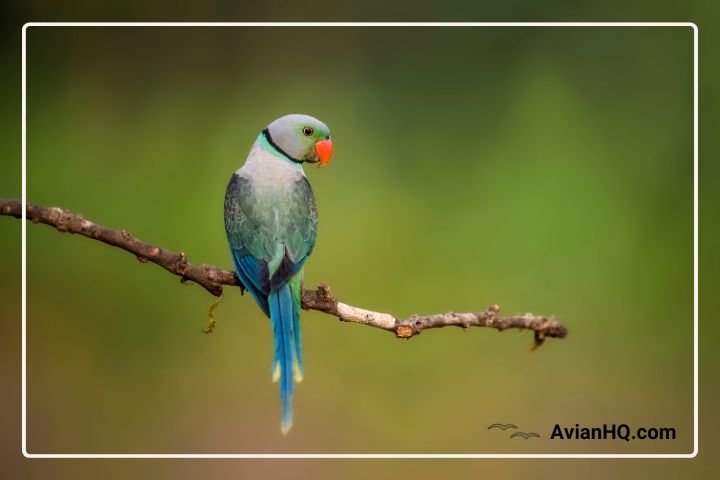
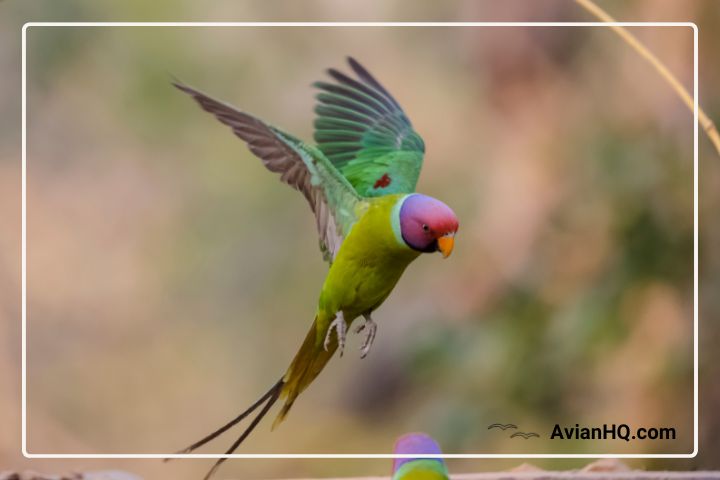

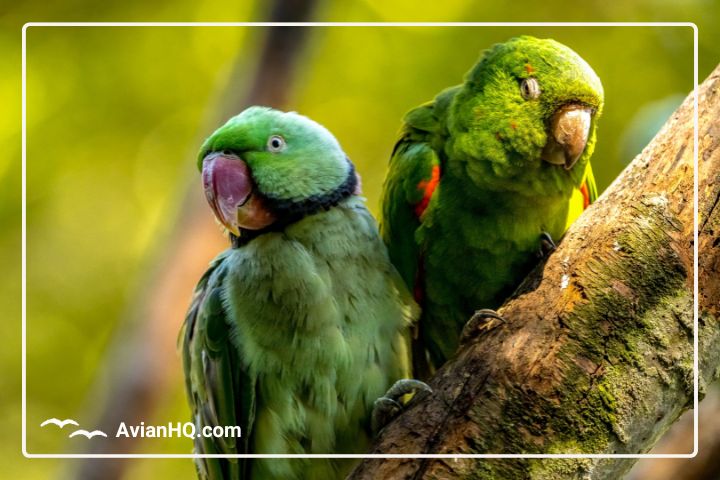
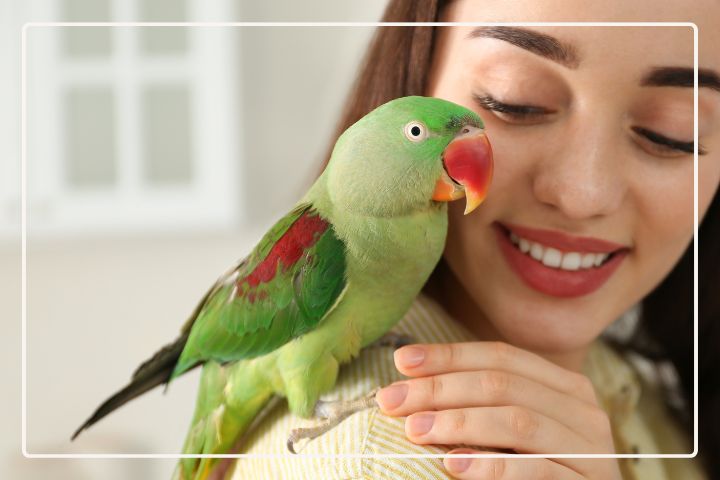
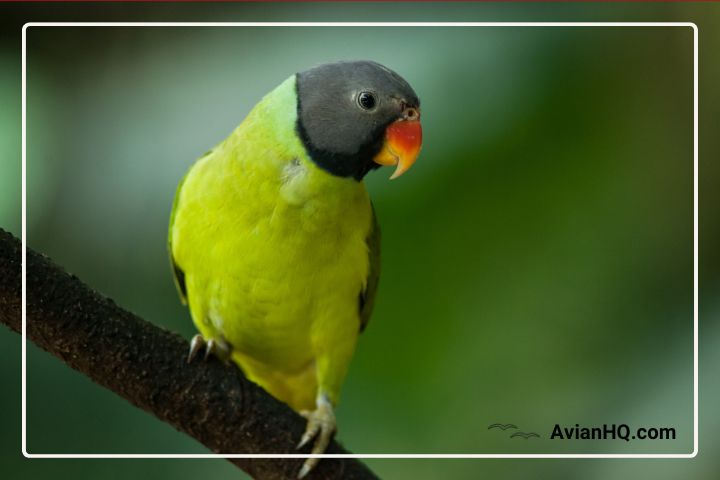
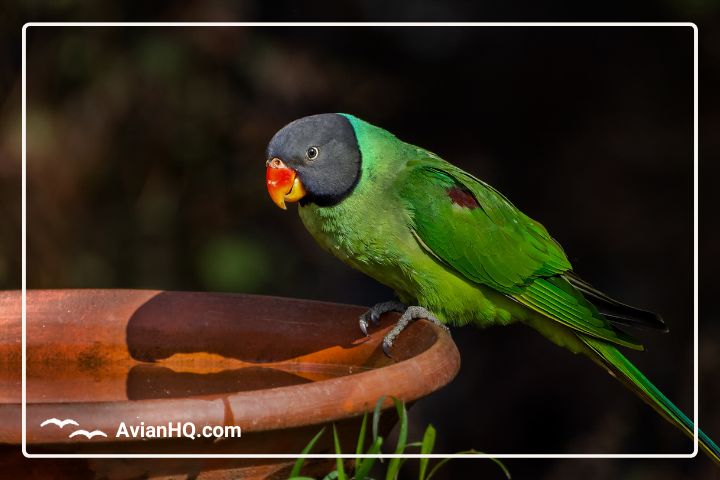



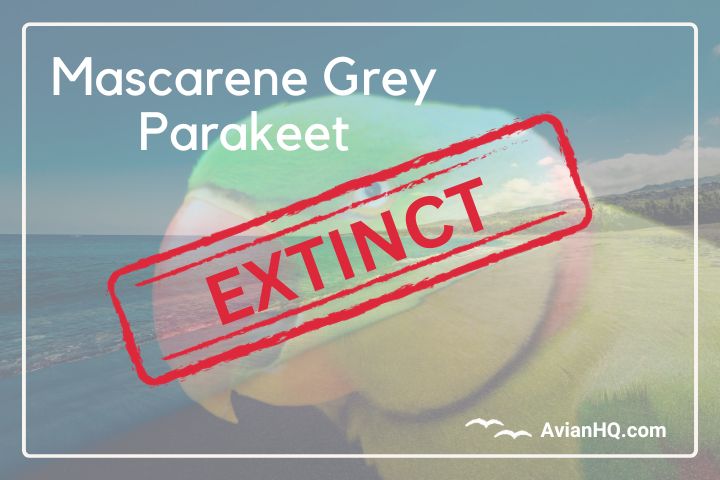

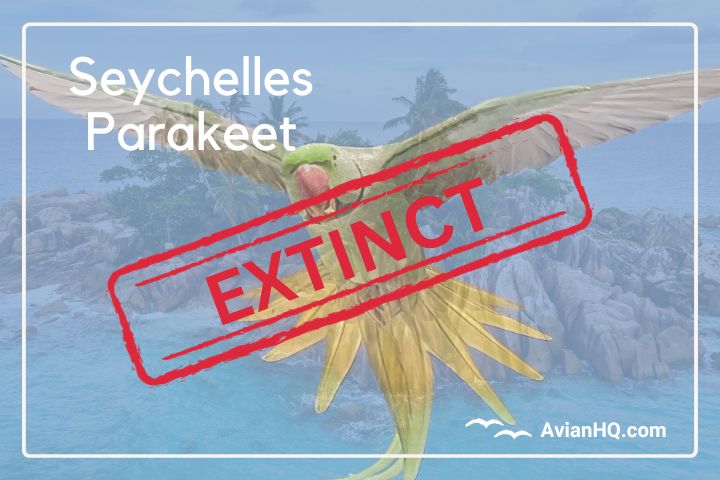


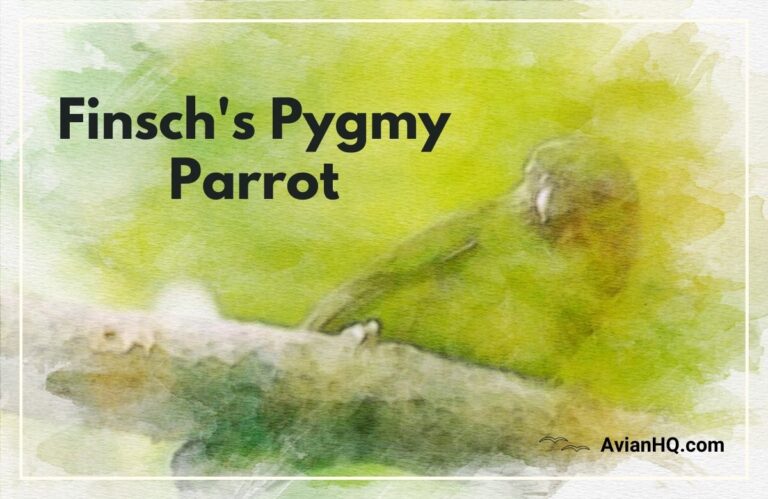




Undeniably believe that which you stated. Your favourite justification seemed to be on the internet the easiest thing to keep in mind of. I say to you, I certainly get annoyed at the same time as people think about issues that they just don’t recognise about. You managed to hit the nail upon the highest and defined out the whole thing with no need side effect , people could take a signal. Will likely be back to get more. Thank you